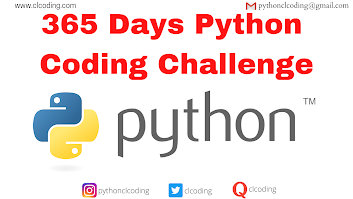Deploying a machine learning model is more than just training a model and making predictions. It involves making the model scalable, reliable, and efficient in real-world environments. The "Machine Learning Project: Production Grade Deployment" course is designed to equip professionals with the necessary skills to take ML models from research to production. This blog explores the key concepts covered in the course and why production-grade deployment is crucial.
Importance of Production-Grade Machine Learning Deployment
In a real-world scenario, deploying an ML model means integrating it with business applications, handling real-time requests, and ensuring it remains accurate over time. A model that works well in a Jupyter Notebook may not necessarily perform efficiently in production. Challenges such as model drift, data pipeline failures, and scalability issues need to be addressed.
This course provides a structured approach to making ML models production-ready by covering essential concepts such as:
Model Packaging & Versioning
API Development for Model Serving
Containerization with Docker & Kubernetes
Cloud Deployment & CI/CD Pipelines
Monitoring & Model Retraining
Key Components of the Course
1. Model Packaging & Versioning
Once an ML model is trained, it needs to be saved and prepared for deployment. The course covers:
- How to save and serialize models using Pickle, Joblib, or ONNX.
- Versioning models to track improvements using tools like MLflow and DVC.
- Ensuring reproducibility by logging dependencies and environment configurations.
2. API Development for Model Serving
An ML model needs an interface to interact with applications. The course teaches:
- How to develop RESTful APIs using Flask or FastAPI to serve model predictions.
- Creating scalable endpoints to handle multiple concurrent requests.
- Optimizing response times for real-time inference.
3. Containerization with Docker & Kubernetes
To ensure consistency across different environments, containerization is a key aspect of deployment. The course includes:
- Creating Docker containers for ML models.
- Writing Dockerfiles and managing dependencies.
- Deploying containers on Kubernetes clusters for scalability.
- Using Helm Charts for Kubernetes-based ML deployments.
4. Cloud Deployment & CI/CD Pipelines
Deploying ML models on the cloud enables accessibility and scalability. The course covers:
- Deploying models on AWS, Google Cloud, and Azure.
- Setting up CI/CD pipelines using GitHub Actions, Jenkins, or GitLab CI/CD.
- Automating model deployment with serverless options like AWS Lambda.
5. Monitoring & Model Retraining
Once a model is in production, continuous monitoring is crucial to maintain performance. The course introduces:
- Implementing logging and monitoring tools like Prometheus and Grafana.
- Detecting model drift and setting up alerts.
- Automating retraining pipelines with feature stores and data engineering tools.
Overcoming Challenges in ML Deployment
What you will learn
- Understand the full ML deployment lifecycle.
- Package and prepare machine learning models for production.
- Develop APIs to serve models using Flask or FastAPI.
- Containerize models using Docker for easy deployment.
- Deploy models on cloud platforms like AWS, GCP, or Azure.
- Ensure model scalability and performance in production.
- Implement monitoring and logging for deployed models.
- Optimize models for efficient production environments.







.jpg)








.png)







.jpg)




.png)












.png)









0 Comments:
Post a Comment